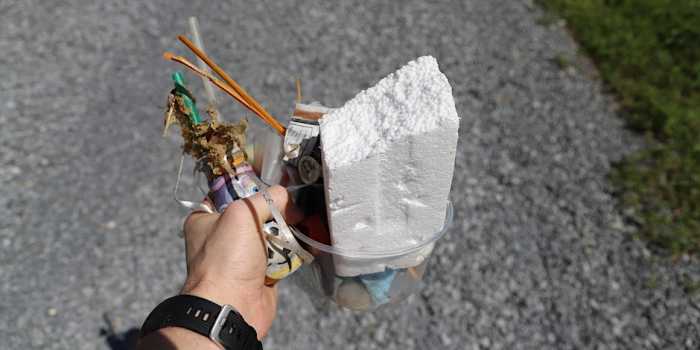Sponsored Content Brought To You By Alure Home Improvements
Some homeowners may never have heard of an ice dam—especially if they’re from Florida—but as Long Islanders know, it’s an all-too common concern during winters up here, because it can cause serious damage if left unchecked.
An ice dam occurs when a large hump of thick ice forms at the edge of a roof after prolonged freezing temperatures. As the snow and ice on the roof melt and refreeze over time, it can look like a mini-glacier sliding over the gutter armed with rows of icicles.
The more ice and snow there is, the heavier the load on the roof, the gutters and the downspout. It can damage trim, too. More seriously, it can lead to interior flooding, threatening the upstairs rooms or the attic when melted water seeps through the roof shingles, saturating the insulation and then soaking through the dry wall or plaster ceilings and walls.
If a thaw comes, the ice dam may break free suddenly, pulling off shingles, and the gutter, when it goes over the edge.
As your friends at Alure Home Improvements can tell you, an ice dam can form on any style of roof.
You must attack these dams, but you have to use common sense. It may require standing on a ladder—and that’s no fun in a snowstorm, so it’s not recommended. Be careful up there. Don’t swing at the ice with an axe, because you’re almost certain to leave a hole in your roof. Tap gently with a blunt mallet so the chunks of ice remain small enough so they won’t dislodge the shingles.
Don’t use rock salt on your roof, because that could damage paint and metal when the salty water drains. Instead, use calcium chloride. Some New Englanders recommend kitty litter. Fill a tube of cloth—a leg from an old pair of panty hose is ideal—and lay it across the ice dam. The contents will melt the ice slowly, clearing a path for the snow melt to run off.
You can also try using a snow rake, a broom, or a plastic shovel to sweep away the snow piled above the ice dam. You don’t want to damage your shingles, so be careful. Also, you could set off a mini-avalanche that might bury you in snow, or worse, hit you in the head with ice chunks.
The underlying reason that ice dams form is because the interior ventilation is inadequate. The roof is too warm, causing the snow to melt and build up when it freezes.
Prevention requires forethought, and a good contractor—that’s where Alure Home Improvements can come in.
One method is to seal all the points where warm air leaks from the inside living spaces. Insulate the living space to prevent heat conduction through the ceiling and the walls. Ceiling fans and recessed lights are major culprits.
Learn More About Alure Home Improvements
Sal Ferro, president and chief executive officer at Alure Home Improvements, recommends replacing old-style recessed lights with sealed “IC” fixtures, because you can cover these new lights with a layer of insulation without creating a fire hazard. Ventilate the space between the insulation and the roof sheathing so any heat that does get out of the living space doesn’t get trapped under the roof. The more insulation you can add to your attic floor, the less heat will escape from the rooms below, and your roof won’t warm up as much. If you spot any cracks in your ceiling or walls, definitely plug them up. If you spot dark stains on the walls or ceilings, it’s a sign of water leakage. You may need to consult a contractor to assess the damage. Alure Home Improvements can help you with that, too.
Alure Home Improvements knows how to get homeowners through every season. Taking major preventive steps to improve your house’s infrastructure could be costly at first, but the money you save on energy costs over time will help pay for them. And there’s an added benefit. Your home will feel more comfortable, too, especially when the winter weather piles up the snow outdoors.




































